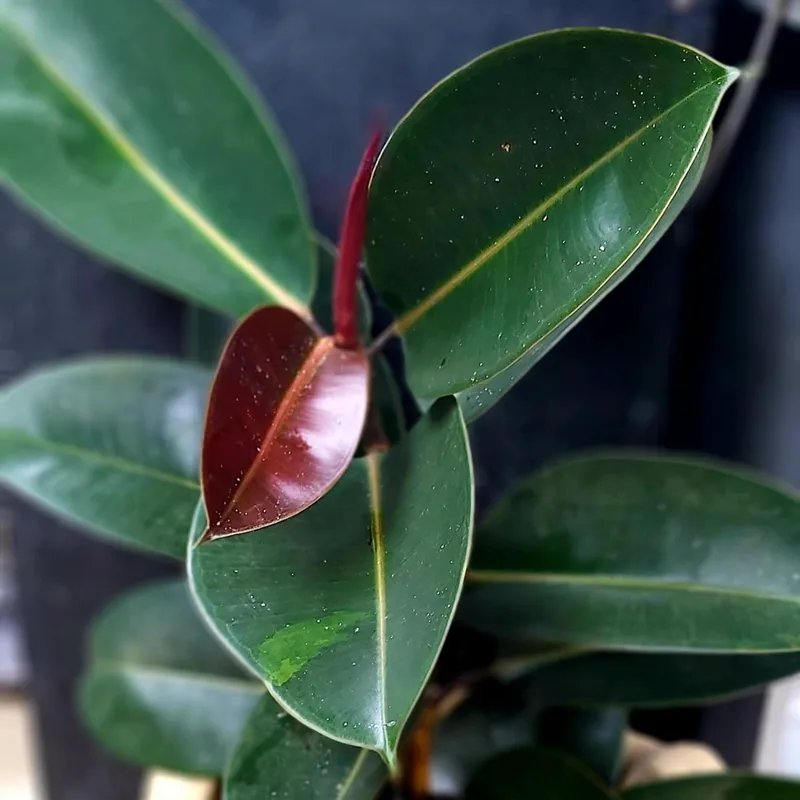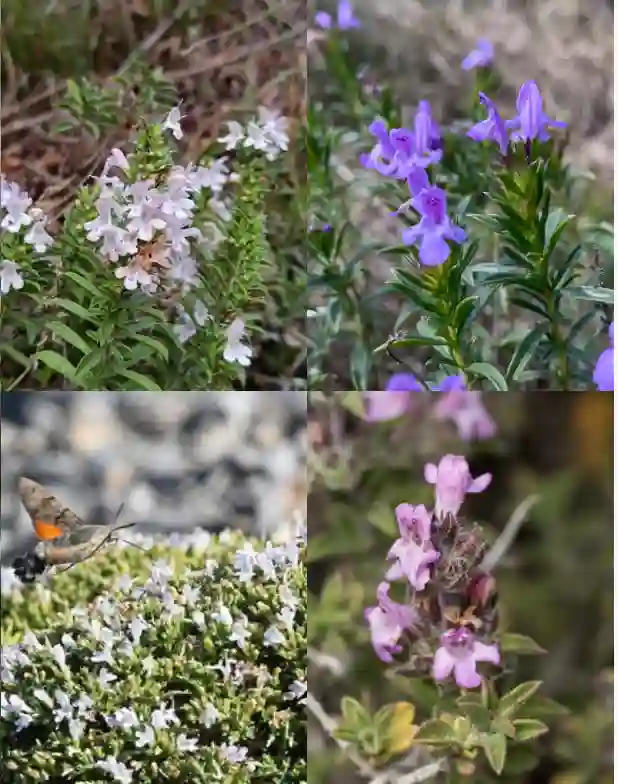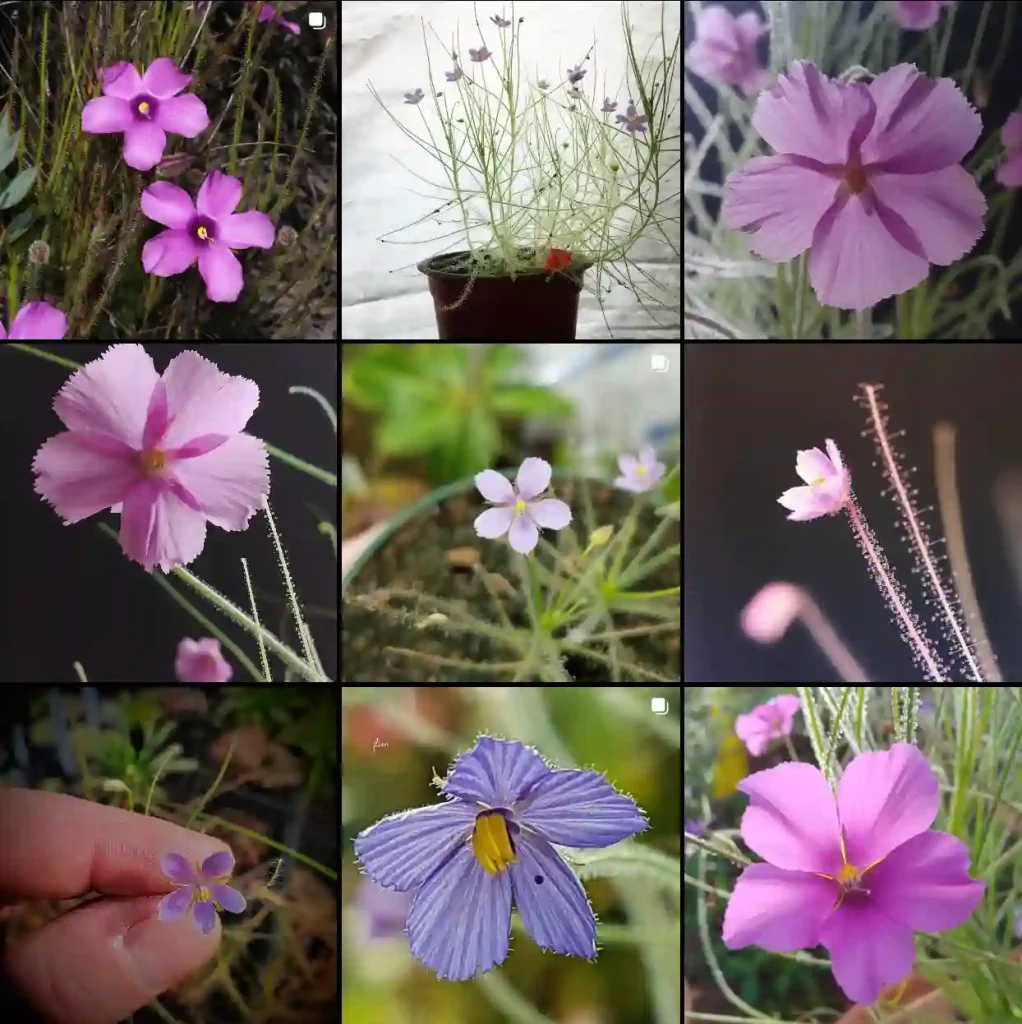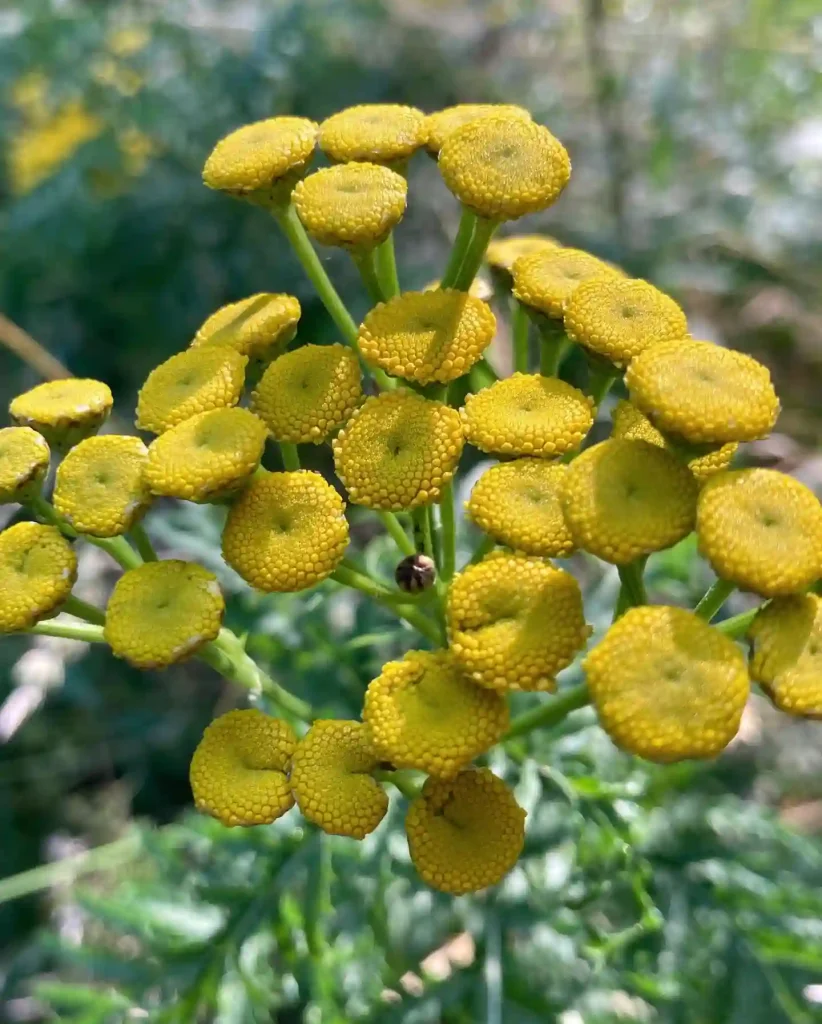Dischidia Hirsuta Red Leaf: A Gardener’s Guide
Hello, plant enthusiasts! Ferb Vu here, and today we’re diving into the captivating world of Dischidia Hirsuta Red Leaf. This unique plant boasts stunning burgundy foliage, making it a conversation starter in any indoor space. But beyond its beauty, the Red Leaf offers a rewarding cultivation experience for those who understand its needs.
128 Species in Genus Dischidia
What is Dischidia Hirsuta Red Leaf?
Dischidia Hirsuta Red Leaf is a captivating variant of the widely distributed Dischidia Hirsuta species, native to Southeast Asia. This tropical epiphyte, meaning it thrives on other plants in the wild, captivates with its cascading stems adorned with heart-shaped leaves boasting a vibrant reddish hue.
How to care for Dischidia Hirsuta Red Leaf?
Light
Dischidia Hirsuta Red Leaf thrives in bright, indirect sunlight. Direct sun exposure can scorch the leaves, turning them a pale yellow or brown. East or west-facing windows with filtered light are ideal. If natural light is limited, consider supplementing with grow lights positioned at least a foot away from the plant.
Watering
Finding the perfect watering balance is key to a happy Red Leaf. Unlike some houseplants, this Dischidia prefers to dry out slightly between waterings. Aim to water when the top inch of soil feels dry to the touch. Overwatering leads to root rot, a silent killer. Signs of overwatering include mushy stems, wilting leaves, and a foul odor.
Soil and Potting
Dischidia Hirsuta Red Leaf thrives in a well-draining, airy potting mix. Opt for a blend specifically designed for orchids or bromeliads. You can also create your own mix using orchid bark, perlite, and a small amount of potting soil.
Fertilizer
Red Leaf isn’t a heavy feeder. A weak, balanced fertilizer solution applied once a month during the growing season (spring and summer) is sufficient. Avoid fertilizing during winter when the plant experiences slower growth.
Humidity
Dischidia Hirsuta Red Leaf hails from a humid environment. Ideally, maintain humidity levels between 50-70%. Grouping your Red Leaf with other humidity-loving plants or using a pebble tray filled with water can help create a more humid microclimate.
Temperature
This tropical beauty prefers warm temperatures between 65-80°F (18-27°C). Avoid exposing it to sudden temperature drops or cold drafts.
Common Problems
- Leaf discoloration: Yellowing or browning leaves can indicate overwatering, sunburn, or nutrient deficiency.
- Mealybugs: These sap-sucking pests appear as cottony white masses on leaves and stems. Treat them with insecticidal soap or neem oil.
- Scale: These tiny, armored insects can also suck the sap from your plant. Use horticultural oil to eliminate them.
Propagation
Dischidia Hirsuta Red Leaf propagates easily through stem cuttings. Take a healthy stem section with at least a few nodes and plant it in a well-draining potting mix. Keep the soil moist and provide bright, indirect light. New growth should appear within a few weeks.
Dischidia Hirsuta Red Leaf vs. Dischidia Nivea
Dischidia Nivea, also known as the Watermelon Dischidia, is another popular variety with interesting foliage. Here’s a quick comparison:
| Feature | Dischidia Hirsuta Red Leaf | Dischidia Nivea |
|---|---|---|
| Leaf Color | Reddish burgundy | Variegated green and white |
| Growth Habit | Cascading stems | More compact and bushy |
| Light Preference | Bright, indirect light | Bright, indirect light |
| Watering Needs | Allow to dry slightly | Allow to dry slightly |
Mounting Options
Dischidia Hirsuta Red Leaf, being an epiphyte, readily adapts to mounted displays. Consider a cork bark mount or a sphagnum moss pole. These options provide additional support for its cascading vines and create a natural aesthetic. When mounting, secure the stems gently using fishing line or plant ties until they establish aerial roots and cling on their own.
Encouraging Blooms
The Red Leaf produces small, reddish flowers that add another layer of charm. To encourage blooming, provide consistent warmth (around 70°F) and slightly reduce watering frequency during the cooler months. This mimics the drier conditions that often precede flowering in the wild.
Winter Care
During winter, when light levels decrease and growth slows, adjust your care routine accordingly. Reduce watering frequency even further, allowing the soil to dry out more between waterings. Avoid fertilizing and maintain comfortable temperatures. With proper winter care, your Red Leaf will be ready to flourish again come spring.
Toxicity
Dischidia Hirsuta Red Leaf, like many other plants, contains sap that can be mildly irritating to the skin and eyes. It’s always best to exercise caution and wear gloves when handling the plant. Keep it out of reach of children and pets as a safety precaution.
Advanced Propagation Techniques
While stem cuttings are a reliable propagation method, some enthusiasts explore alternative techniques like leaf propagation. Here’s a simplified approach:
- Select a healthy leaf with its petiole (stem) intact.
- Dip the cut end of the petiole in rooting hormone (optional but can promote root development).
- Plant the leaf petiole in a well-draining mix, burying at least half its length.
- Maintain consistent moisture and provide bright, indirect light.
With patience, new growth should emerge from the base of the petiole, eventually developing into a new Red Leaf plant.
Conclusion
Dischidia Hirsuta Red Leaf is a captivating addition to any plant collection. With its unique foliage and manageable care requirements, it’s a rewarding plant for both novice and experienced gardeners. By following these simple guidelines, you can ensure your Red Leaf thrives and brings a touch of the tropics to your indoor space. Happy planting!
If i die, water my plants!



